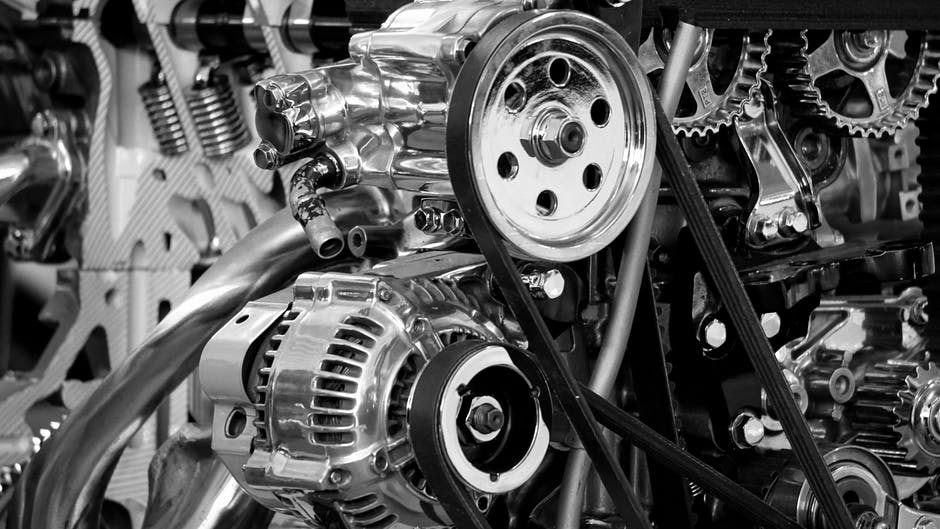 Non-lubricated gear and roller systems are a great option for low-volume mills that don't have the time or resources to lubricate gears and rollers. They're also quieter and require less maintenance than lubricated systems. In addition, non-lubricated gear and roller systems are environmentally friendly, requiring no oil baths. For more information about this, visit: https://www.intechpower.com/product-types/rollers-and-bearings. These non-lubricated gear and roller systems can withstand high temperatures and loads and don't require lubrication. One such material is a plastic-metal composite made of cast Nylon 12. The material's dense crystalline structure allows it to withstand high torques and high temperatures, without the need for lubrication. Many other plastics are amorphous, with pockets of crystal embedded in a mass of amorphous material. By contrast, lauramid has a uniform density, allowing users to produce plastic gears that are perfect for specific applications. Another popular non-lubricated gear system is the grain milling process. This process involves passing grain between counter-rotating grinding rolls, which grind the grain to the desired particle size. This process is ideal for grinding grains, sugar cane, and feed. Because non-lubricated gears don't need oil baths, they can be used for thousands of hours without the need for frequent lubrication. Click here to learn more about this non lubricated gear. In addition to the above-mentioned signs, non-lubricated gears can suffer from multiple distress symptoms. Among them, abrasive wear, also known as cutting wear, occurs when hard particles such as dirt, castings, scale, or wear debris slip between the gears. Ultimately, non-lubricated gears and rollers degrade and begin to break. Another advantage of non-lubricated gear and roller systems is their ease of installation. These systems are usually designed to drive grinding roll stands, but are equally applicable to other applications where oil baths are not an option. Additionally, the gearing can be easily removed and reattached if needed. Micropitting, or gray staining, occurs on the tooth flanks of heavily loaded gears. Oil squeezes out of the microcracks and causes the gear to become worn. In some cases, micropitting can even cause a gear to fail. Fortunately, these problems can be prevented by using proper lubrication and operating conditions. To get more knowledge about this post, visit: https://en.wikipedia.org/wiki/Gear.
0 Comments
Leave a Reply. |
AuthorWrite something about yourself. No need to be fancy, just an overview. ArchivesCategories |
 RSS Feed
RSS Feed
